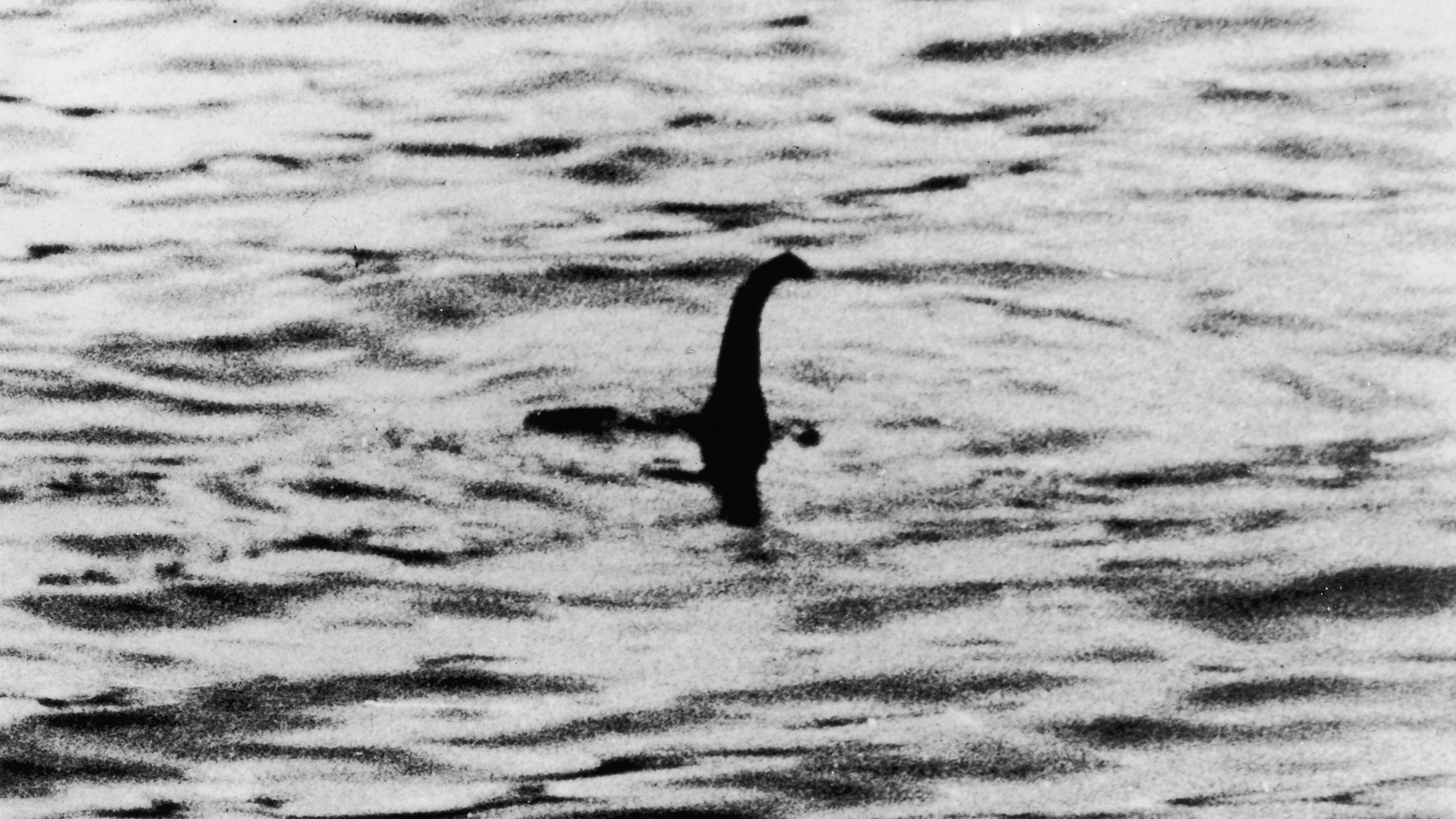

The largest cryptological survey of Loch Ness in over 50 years is scheduled to take place this weekend, featuring technology never before used to search for the elusive, still unproven Loch Ness Monster. Affectionately known by many as “Nessie,” no physical evidence of the cryptid—a creature whose existence isn’t proven by science or biology—has ever been found. The expedition is sponsored by the “independent and voluntary research team,” Loch Ness Exploration (LNE), an organization that is currently seeking additional help from the public in conducting a “giant surface watch” of the loch’s waters. Although an “overwhelming” demand has already resulted in sold out in-person spots, those who can’t make it over to Scotland can still tune in to LNE’s official 24/7 live stream to help out organizers.
“Since starting LNE, it’s always been our goal to record, study and analyze all manner of natural behavior and phenomena that may be more challenging to explain,” Alan McKenna, LNE founder, said in a statement earlier this month. “It’s our hope to inspire a new generation of Loch Ness enthusiasts and by joining this large scale surface watch… to personally contribute towards this fascinating mystery that has captivated so many people from around the world.”
[Related: New DNA evidence may prove what the Loch Ness Monster really is.]
Alleged sightings of the supposed lake monster (or monsters) in Loch Ness date back centuries, but the tales particularly rose to global attention after the famous 1934 “Surgeon’s Photo.” Although the iconic silhouette was later proved a hoax, folklore surrounding a large aquatic creature lurking within the loch remains strong. In 2019, samples taken from the nearly 22-square-mile body of water indicated the prevalence of eel DNA, potentially providing an explanation for at least some of visitors’ sightings over the decades. The collected DNA, however, did not indicate an eel’s size, thus adding little support to a “giant eel” theory. Of course, many still hold out hope for the possibility of a somehow still undiscovered pod of plesiosaurs calling Loch Ness home.
On August 26 and 27, however, the LNE team will deploy at least a few new tools in hopes of uncovering evidence of something strange. According to the event’s announcement page, drones will traverse the loch while taking thermal imaging of the waters via infrared cameras, potentially “identifying any mysterious anomalies.” Meanwhile, researchers will repeatedly deploy an underwater hydrophone to listen in on any “Nessie-like calls.”
“The weekend gives an opportunity to search the waters in a way that has never been done before, and we can’t wait to see what we find,” said Loch Ness Centre general manager, Paul Nixon.
Of course, the odds aren’t exactly in Nessie volunteers’ favor following decades of debunks, hoaxes, and misattributed sightings. Still, it’s probably as nice a time of the year as any to get out onto the loch and enjoy the Scottish summer.
